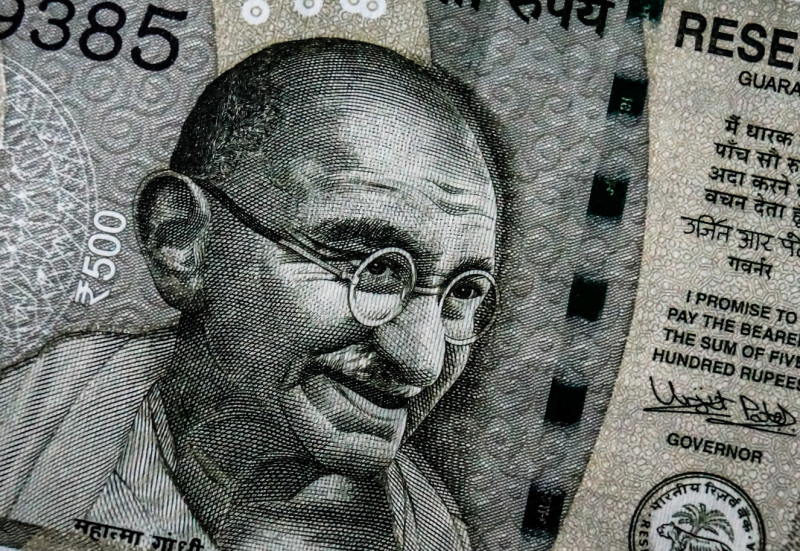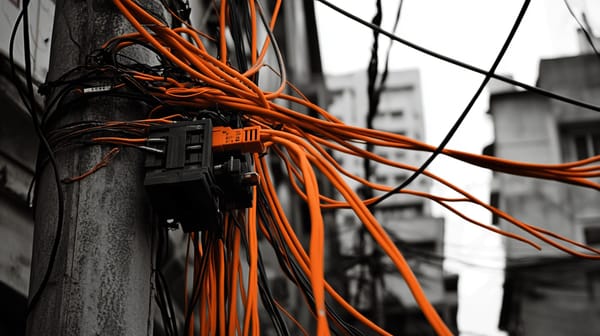How Underprivileged Children And Students Are Getting Their Scholarships in India

When it comes to education in India, every statistic is incredible. Over 500 million people in the country are under the age of 25. According to The Times of India, in 2014 India had over 315 million students that has only grown since and by some estimates India has more students than the entire population of the United States.
There are over 1.5 million schools, over 39,000 colleges and almost a thousand universities. By 2017-18, India had approximately 36.64 million students enrolled in higher education. Gross enrolment ratio in higher education is expected to reach 30% in the year 2020.
With the largest student population in the world, the numbers mentioned above are quite staggering in every sense of the word. The education sector in the country is by far one of the most thriving sectors with heavy domestic as well as foreign direct investment flowing in each year.
However, there is another part of the education story in India that is equally significant. As per the Indian government’s official census data reported by The Times of India in 2016, 84 million Indian children do not attend school.
According to the United Nations, about 30% of 385 million global children living in extreme poverty are in India.
Add to this, there is the matter of children dropping out of school after grade 10 or 12. Dropouts are mainly due to financial reasons although in some cases it can be due to patriarchal causes as well. Studies or research has shown the parents prefer focusing on getting their daughters married instead of continuing pursuing higher education.
All of the above puts immense pressure on both the Government of India and on the society in general to ensure every child is able to not just go to school but actually complete their entire education.
Mind you although it is not obviously apparent, things have improved dramatically over the past decade or two when it comes to education in India. Also to be fair, successive Indian governments have put an additional effort on literacy in India. There are various government initiatives that have helped millions of kids go to school.
However, just the sheer size of the Indian population and the number of underprivileged children in the country means there is a long way to go before all students in India are able to complete their education.
For this reason, scholarships from both private as well as government sources are an incredibly important aspect of education in India.
Unfortunately though, providing scholarships in India is not as straightforward as it is in western nations. There are a number of challenges that need to be faced by both underprivileged children as well as organizations offering the scholarships.
In India, non-profit organizations also known as non-governmental organizations (NGO) play an important role in providing scholarships to eligible students.
Scholarships through Non-Governmental Organizations
To understand how underprivileged children and students are getting scholarships in India, you have to first understand the work of NGOs in the country.
There are well over 3 million NGOs operating in India. A majority of these organizations are in the education and healthcare sector. Within education, there is again a bifurcation into primary education support, higher education support, providing scholarships for students in specific locations or children from ‘backward classes’ in the country.
Now unlike the west where scholarships can be both merit based and need based, in India, scholarships from NGOs are almost always need based.
There are two significant challenges facing scholarships in India.
First is that there is absolute lack of awareness amongst underprivileged students that they could be eligible for a scholarship. For most of them, they do not even know such a concept exists especially if they are living in the rural areas.
Second, even if they are aware, they do not have the faintest idea of how to go about obtaining a scholarship. Neither do they have access to computers to research nor are they tech-savvy to search online and complete registrations on the internet.
This is where NGOs have helped transform India’s education sector especially for the underprivileged families. With the help of a huge team of volunteers, NGOs have been spreading awareness about education and scholarship programs amongst poor and disadvantaged students.
India is quite a large country with the second highest population in the world. Non-profit organizations have been doing a commendable job for decades to spread awareness amongst challenging scenarios and reaching students from all across the country.
Therefore in India, in most cases it is not the students in need that are applying for scholarships, it is the non-profit organizations that are reaching out to students and convincing them to apply for the same.
NGOs that provide teaching support and help students attend school, also help their students to search for organizations providing scholarships and successfully apply for one.
For those organizations that do provide scholarships through the funding they receive, they follow these steps:
1) First is the initial contact. There are registration forms available that students need to fill and submit. Apart from the standard student details, these forms also ask students questions related to their families, their background and about their personalities. Along with the application form, students are required to submit proof of their current education qualifications, mark sheets etc.
2) Once all forms have been received for a certain period, the NGO conducts a written exam on a pre-determined date.
3) The written exam is followed by a personal one-on-one interview. Note that certain NGOs may directly go to the interview stage without a written exam. However, majority of them would have some form of written test for the students.
4) Either during step 1 above or after the exam and interview is completed, students have to submit their family income certificate. The income certificate is usually an important document to ensure the scholarships are being dispersed to students genuinely in need.
5) After all of the above has been completed, most NGOs would then conduct a parent interview at the house of the student. This is part of the due diligence process ensuring the student has provided accurate information in their application forms.
The parent interview has also become a necessary step in a country like India as often parents dictate the future path of the child, what they should study or whether they should study further at all.
For girls, this is an even more important step as the NGO volunteers often engage with the parents to ensure the girls are allowed to complete their education. scholarships are provided after the above mentioned steps have been completed.
Certain NGOs transfer the school or college fees directly to the respective educational institute instead of transferring the money to the student’s bank account.
Government Scholarship Programs in India
Apart from NGOs providing education support, the Government of India has a number of programs as well that provide both merit as well as need based scholarships.
These scholarships are divided into central and state wise programs. The central programs are open to all while the state programs are meant for those students residing in that particular state.
Overall there are well over 100 scholarships programs in the country backed by the central government and respective state governments.
Details of each government backed scholarship program can be found at the National Scholarship Portal operated by the Government of India through the Ministry of Electronics and Information Technology. Students can apply for the scholarships through the above mentioned portal within the time period specified for each program.
Check our guide of the most promising crypto




